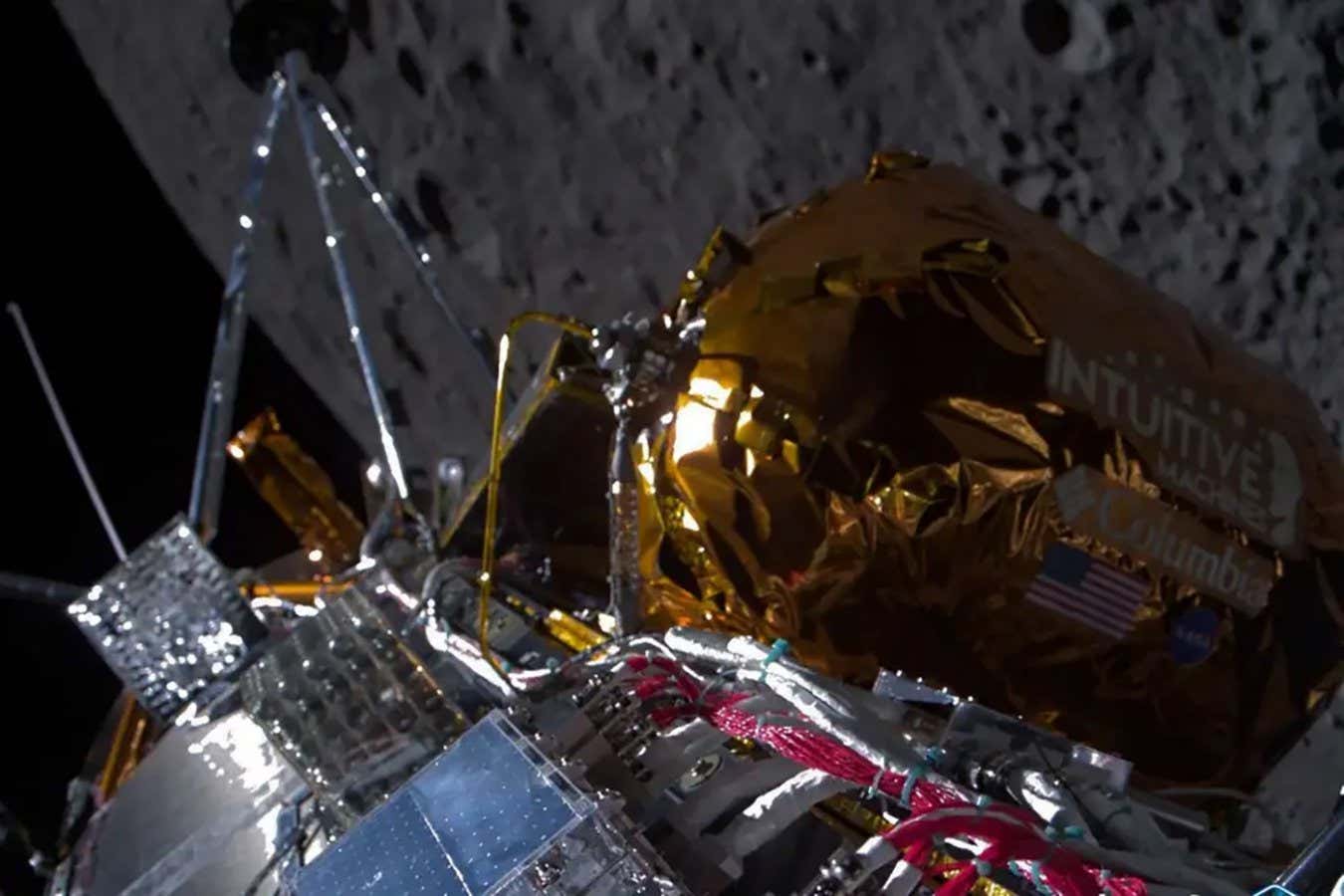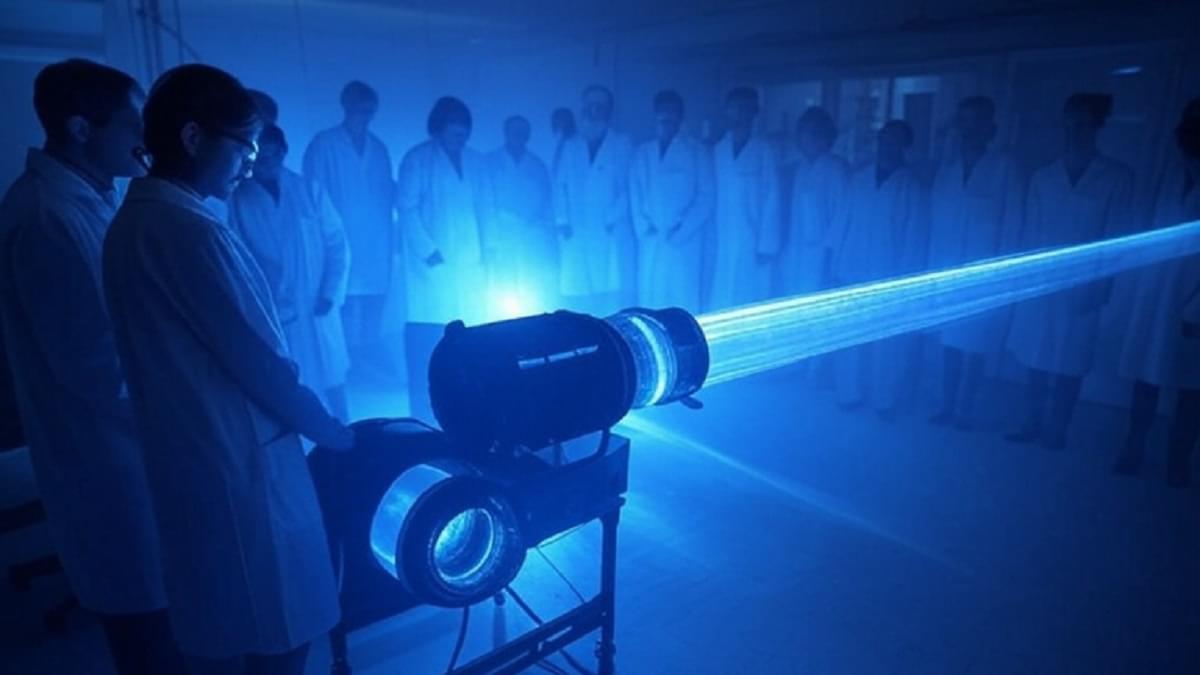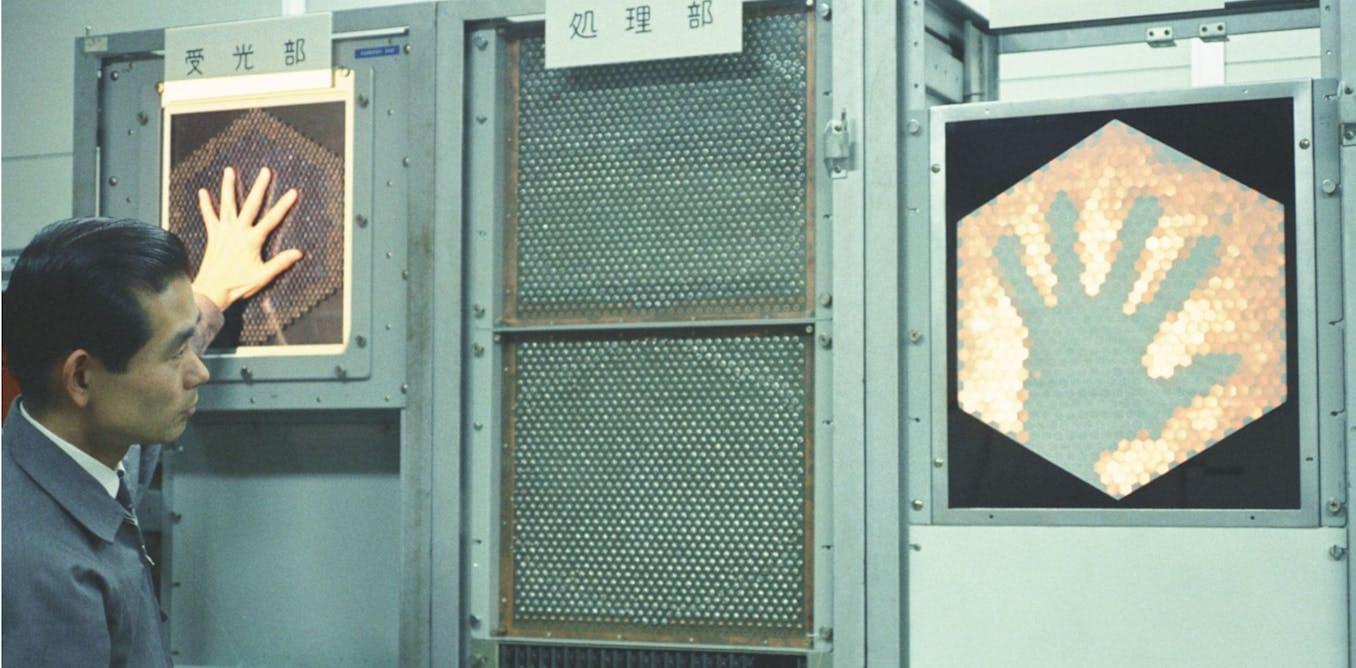On Intelligent Machines, Leo, Paris, and Jeff sit with Ray Kurzweil to talk to him about the current state of AI, the singularity, and computronium.
For the full episode, go to: https://twit.tv/im/810
You can find more about TWiT and subscribe to our full shows at https://podcasts.twit.tv.
Subscribe: https://twit.tv/subscribe.
Products we recommend: https://www.amazon.com/shop/twitnetca?tag=lifeboatfound-20… may earn commissions on certain products. Join Club TWiT for Ad-Free Podcasts! Support what you love and get ad-free shows, a members-only Discord, and behind-the-scenes access. Join today: https://twit.tv/clubtwit Join our TWiT Community on Discourse: https://www.twit.community/ Follow us:
- Bluesky: https://bsky.app/profile/twit.tv
- X: https://twitter.com/twit
- Mastodon: https://mastodon.social/@twit
- Facebook:
/ twitnetwork
- Instagram:
/ twit.tv
- TikTok:
/ twittok
- LinkedIn:
/ twit-llc
About us: TWiT.tv is a technology podcasting network located in the San Francisco Bay Area with the #1 ranked technology podcast This Week in Tech hosted by Leo Laporte. Every week we produce over 30 hours of content on a variety of programs including Tech News Weekly, MacBreak Weekly, Windows Weekly, Security Now, Intelligent Machines, and more.
TWiT may earn commissions on certain products.
Join Club TWiT for Ad-Free Podcasts!
Support what you love and get ad-free shows, a members-only Discord, and behind-the-scenes access.
Join today: https://twit.tv/clubtwit.
Join our TWiT Community on Discourse: https://www.twit.community/







